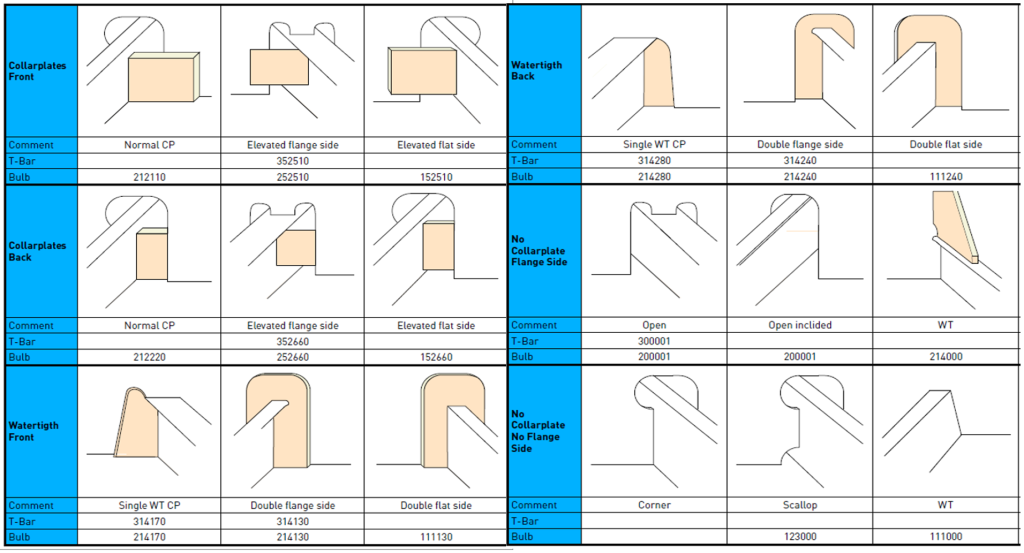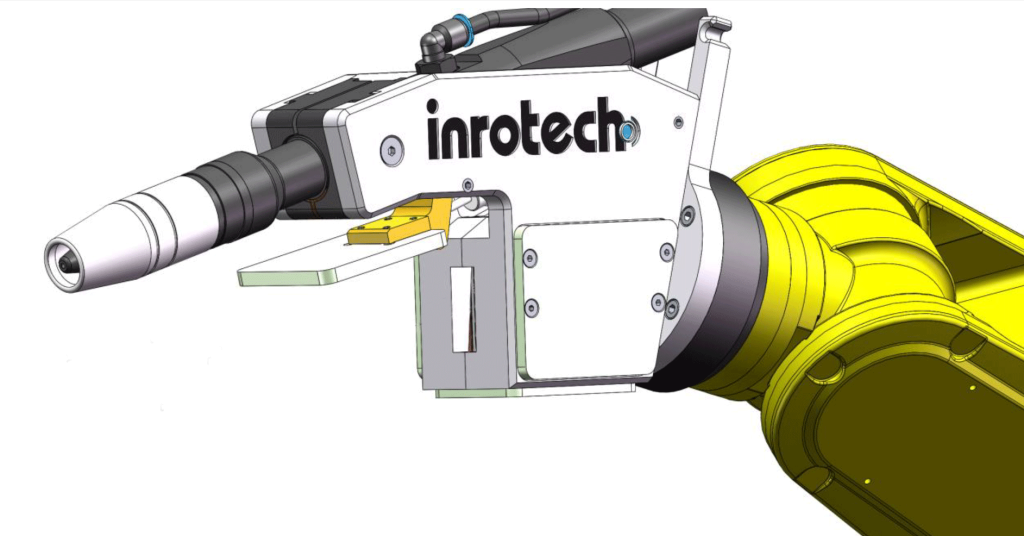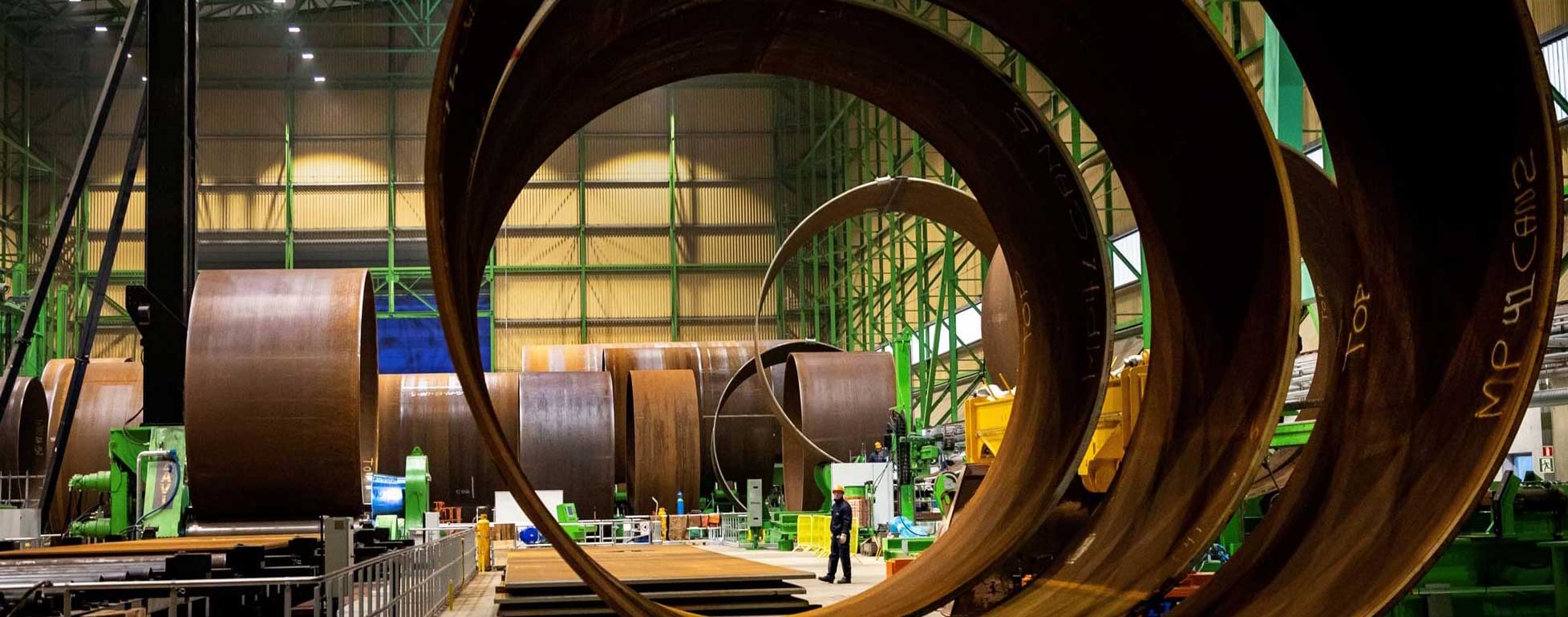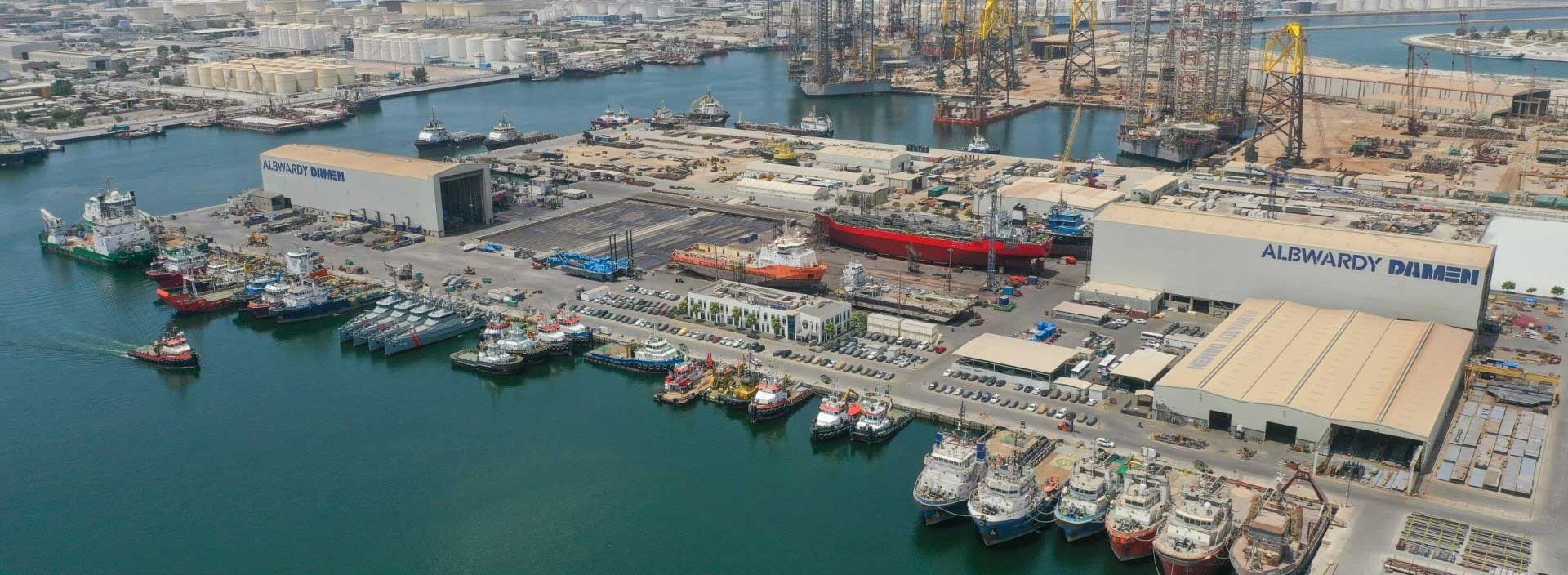Inrotech’s robotic welding solutions have been widely embraced in industries like shipbuilding, heavy manufacturing, and offshore sectors across Europe, the United States, and China. With a growing global presence, Inrotech is now in partnership with Lincoln Electric, showcasing its versatile systems aimed at improving welding efficiency and quality for heavy steel structures worldwide.
Inrotech’s automation not only enhances the quality of the weld itself but also simplifies post-weld treatments and improves the overall dimensional precision of welded structures.
Eliminating the Dependency on CAD Data
A standout advantage of Inrotech’s robotic welding approach is that it eliminates the need for CAD data transfer, offline programming, and manual robot teaching—processes traditionally required for welding large components. By removing the need for CAD data, significant cost savings can be achieved, as managing and transferring CAD files can be resource-intensive and prone to errors during file conversions, interpretations and distribution.
Additionally, many heavy industry companies lack comprehensive CAD models that include all design and process details, which can reduce robot welding scope and delay production. Reliance on CAD data also ties production schedules to the design office. For instance, you may have robots, operators, and materials ready for work, but delays in receiving offline-generated robot programs can hinder production and result in delays and waste of resources. Engineering changes made late in the process can also prevent robot welding when relying on CAD-dependent offline programs. These bottlenecks are avoided with Inrotech’s programming-free robotic welding systems.


“What the Robot Senses is What it Welds”
With SensLogic, its innovative technology, the robot uses scanning, sensing, and logic algoritms to automatically detect design features in steel structures and adjust to their actual dimensions and variations.
As long as the design adheres to the user company’s rules, SensLogic enables the robot to identify weld joints and assign motion, sensing, and welding routines from a vast library of pre- defined solutions used in heavy industries. This system is highly user-friendly, requiring only a press of the “START” button on the human-machine interface (HMI) to begin the welding process.
SensLogic technology is built on over 15 years of accumulated data and welding routines from industries like shipbuilding and large-scale construction. Inrotech’s Classic system is particularly effective for welding “frame spacings” within structures such as ships, offshore platforms, bridges, and cranes.
It allows for continuous automated welding of several frames in sequence. As the robot moves along its rail, a single operator can oversee multiple robots (up to six), leading to increased arc time and a significant boost in welding efficiency, up to a 10-fold improvement in block assembly welding.
For smaller sub-assemblies, such as micro panels and T-bar beams, Inrotech’s MicroTwin system – again fully independent on CAD and off-line programming – provides advanced automation and precision improvements. Equipped with a gantry-mounted line scanner and laser sensors, this system detects product geometry and adjusts the welding process in real-time to account for variations. The two-robot setup further increases efficiency by enabling simultaneous welding on large structures, with adjustable gantry widths to fit various yard configurations.
Global Recognition and ROI
Inrotech’s solutions are renowned worldwide for delivering a fast return on investment (ROI). By reducing labor costs and streamlining production processes, companies can redeploy human resources to more strategic roles, improving organizational efficiency.
Moreover, opting for Inrotech’s robotic welding systems avoids the need for large investments in factory layout changes or additional logistics and handling equipment, ensuring that the investment goes directly towards value creation for the manufacturer’s core product.





